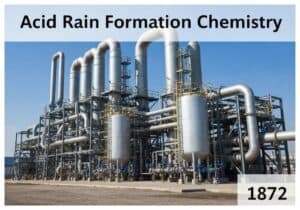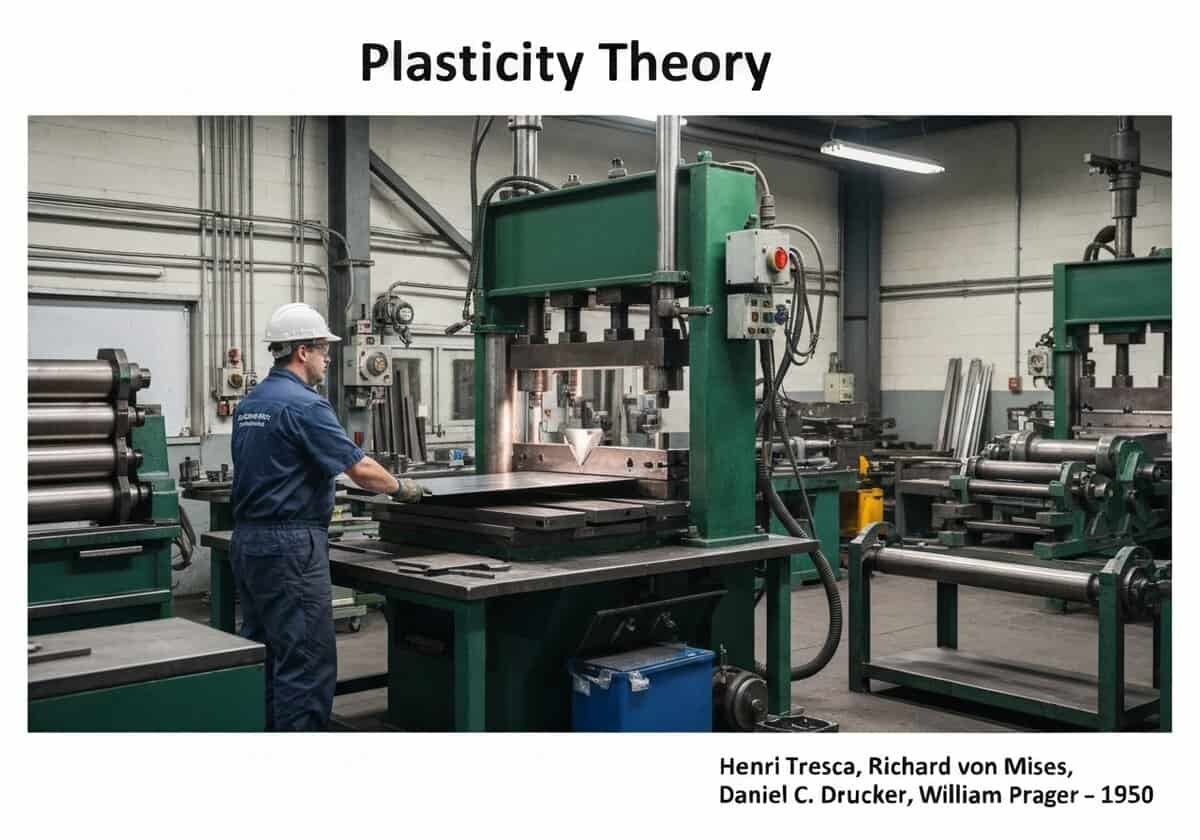塑性是描述固体材料在外力作用下发生不可逆形状变化的变形理论。与弹性不同,塑性变形在卸载后即可恢复,但塑性变形是永久性的。该理论包括一个用于定义塑性开始的屈服标准、一个用于描述塑性演变的流动规则、以及一个用于描述塑性变形的永久性理论。 压力和硬化规则。


塑性是描述固体材料在外力作用下发生不可逆形状变化的变形理论。与弹性不同,塑性变形在卸载后即可恢复,但塑性变形是永久性的。该理论包括一个用于定义塑性开始的屈服标准、一个用于描述塑性演变的流动规则、以及一个用于描述塑性变形的永久性理论。 压力和硬化规则。
Plasticity theory provides the framework for analyzing materials stressed beyond their elastic limit. The transition from elastic to plastic behavior is governed by a yield criterion, which defines a surface in stress space (the yield surface). For stress states inside this surface, the material behaves elastically. When the stress state reaches the surface, plastic deformation begins. Two of the most common yield criteria for metals are the Tresca (maximum shear stress) and von Mises (maximum distortion energy) criteria.
一旦发生屈服,塑性应变的演变就可用流动法则来描述。最常见的是关联流动法则,该法则指出塑性应变的增量发生在屈服面的法向方向上。这决定了塑性应变分量的相对比例。
Finally, a hardening rule describes how the yield surface changes as plastic deformation accumulates. Isotropic hardening assumes the yield surface expands uniformly in all directions, meaning the material’s yield strength increases equally regardless of the loading direction. Kinematic hardening, on the other hand, assumes the yield surface translates in stress space without changing its size, which is useful for modeling the Bauschinger effect observed in cyclic loading. More complex models combine both isotropic and kinematic hardening to accurately capture real material behavior under complex loading paths. These three components—yield criterion, flow rule, and hardening rule—form the core of classical plasticity theory.
迎接新挑战
机械工程师、项目、工艺工程师或研发经理
可在短时间内接受新的挑战。
通过 LinkedIn 联系我
塑料金属电子集成、成本设计、GMP、人体工程学、中高容量设备和耗材、精益制造、受监管行业、CE 和 FDA、CAD、Solidworks、精益西格玛黑带、医疗 ISO 13485
塑性理论
(如果日期不详或不相关,例如 "流体力学",则对其显著出现的时间作了四舍五入的估计)。
相关发明、创新和技术原理
{{标题}}
{%,如果摘录 %}{{ 摘录 | truncatewords:55 }}
{% endif %}